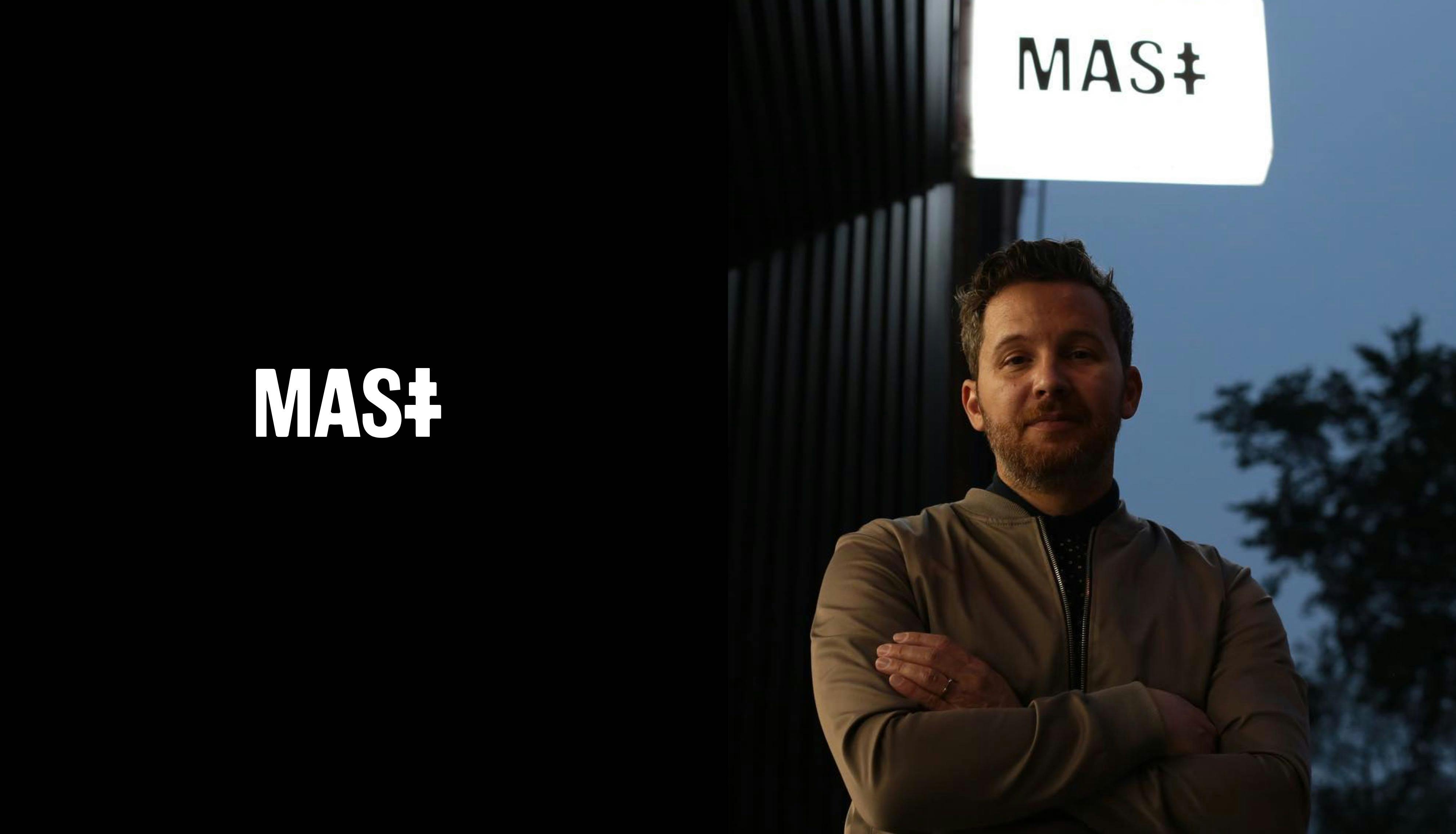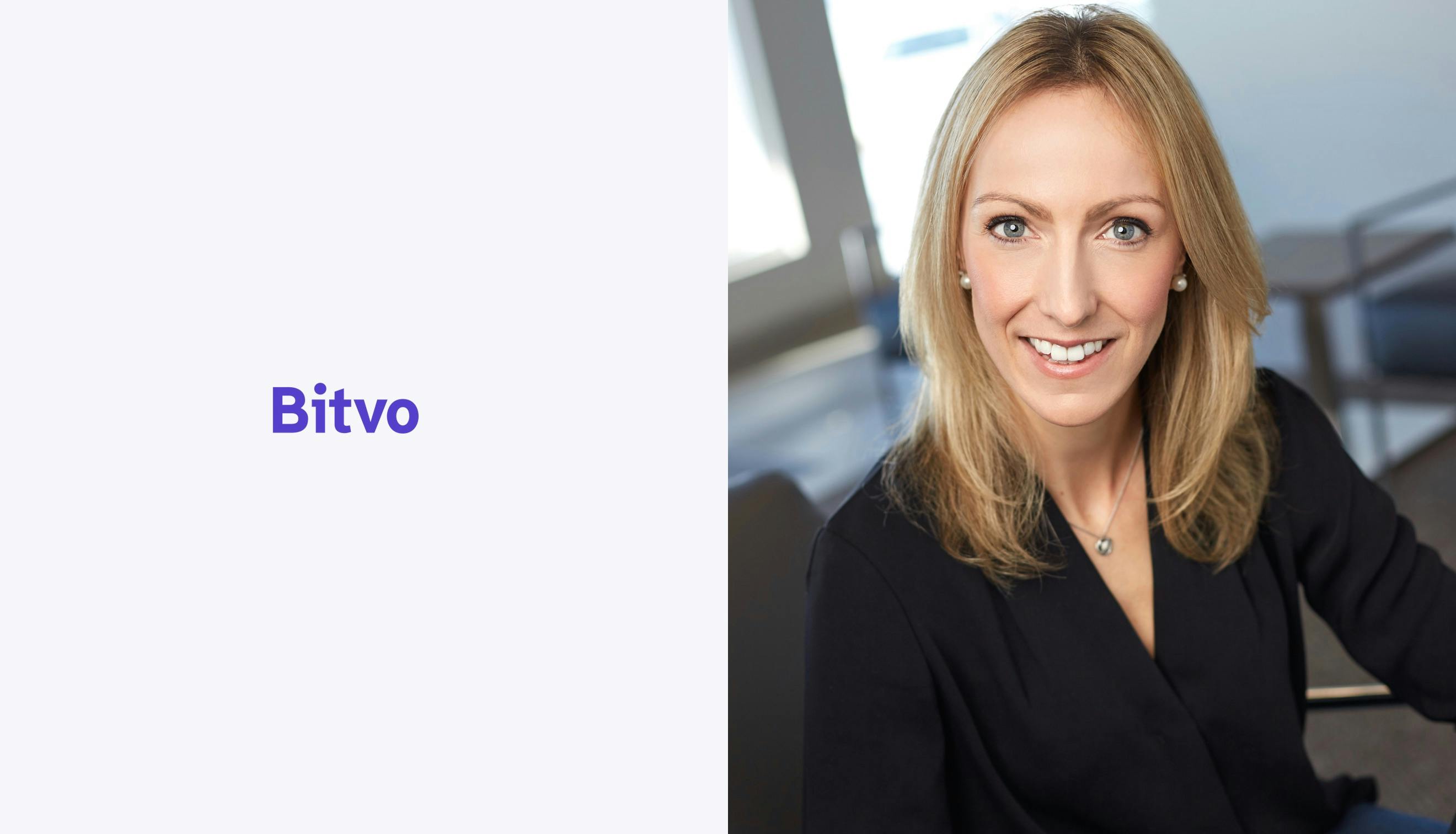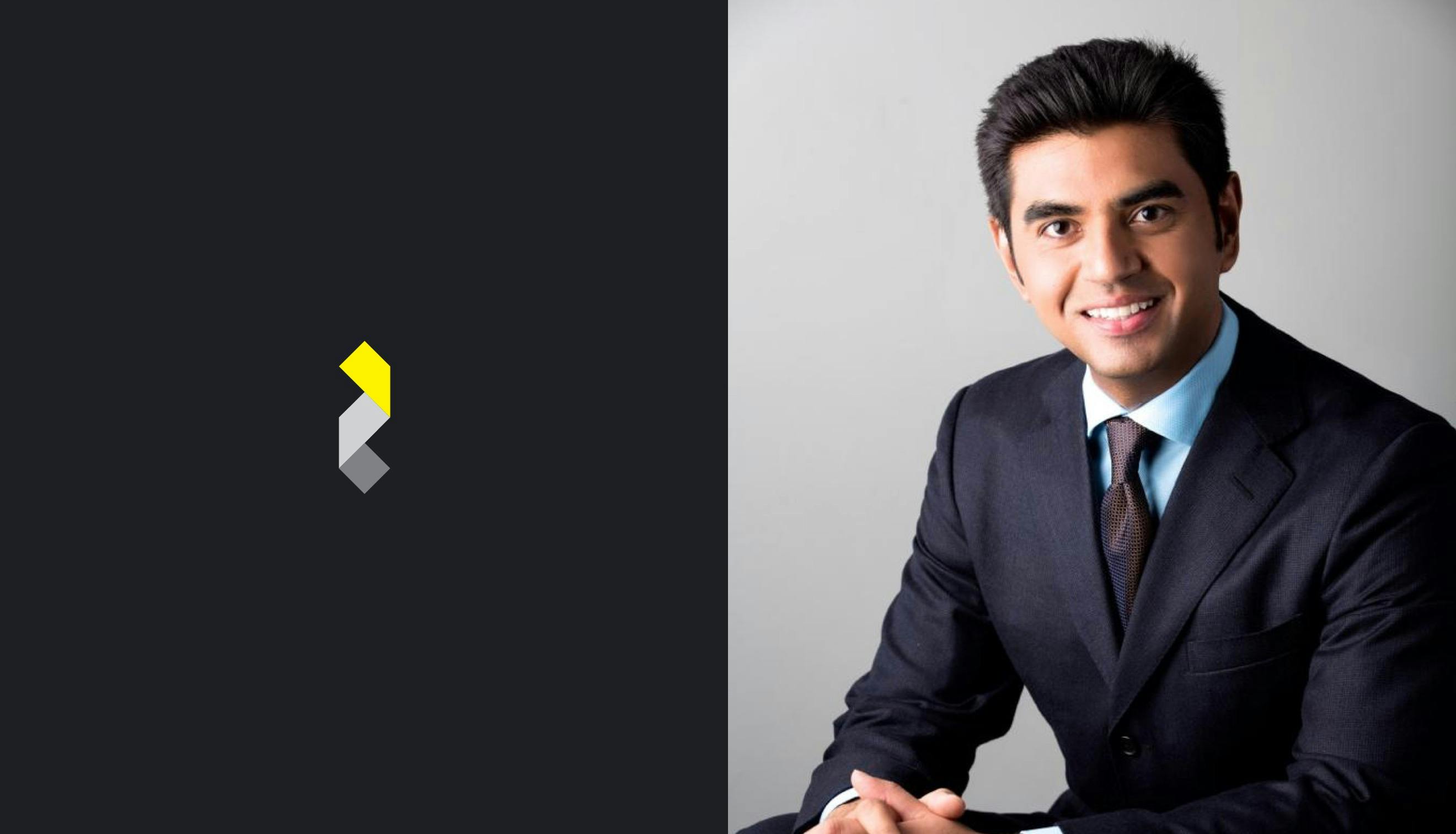Client Stories.
We partner with smart people working on solving interesting problems. We interviewed a handful of our clients about their work.
No Bad Hair Days.
How Rob Gaspar, a veteran hair stylist, is taking his traditional brick and mortar business to the web.

Grocery shopping, banking, buying shoes, dating — people will do almost anything online these days. But there isn’t an app that can cut your hair (yet), so the salon industry is still largely an offline world.
When it comes to personal grooming — and stocking up on your favourite hair products — most of us rely on brick and mortar shops. And maybe because of this, consumers don’t enjoy the same selection and availability in hair care products that they might for other goods. Rob Gaspar set out to solve this problem. He’s bringing the individualized service and special attention you get in a salon chair to his new online shop.
Since the age of 15, Rob has worked in salons. “I started out shampooing hair and mopping floors, but I was determined about where I wanted to be. I didn’t just want to be a great hairdresser, I wanted to own my own shop,” he explains.
Rob has been mastering every aspect of the hair industry for the past 25 years. After opening his own salon, Mast Hair in 2018, he set his sights on a new opportunity. “I would work on clients for ten hours a day, but I knew there was more to it than just being behind the chair. I started seeing weaknesses in men’s hair care lines, and that got me thinking,” he says.
I would work on clients for ten hours a day, but I knew there was more to it than just being behind the chair. I started seeing weaknesses in men’s hair care lines, and that got me thinking.
For Rob, there was a gap in the market. “The product that’s out there is either really expensive or really cheap. You have barber shop brands or cheap brands that cater to drug stores. I knew from working with my clients that men just wanted something that was clean and high-quality, with branding that connected to them,” he says. “I knew that if I could develop a product I liked, there would be a market for it.”
The process for developing and marketing haircare products hasn’t changed much over the years. Traditionally, you create something, put it in a bottle and push it to distributors. Rob set out to change that. He created his own line and brought it directly to his customers through his salon and website. “I wanted something that got rid of the fluff. Something catering to guys who are busy, travelling and on the go—but who are spending $50 on a haircut and want something nice for themselves,” he explains. “I took all the best aspects of men’s lines I’ve worked with, and created my own.”

But Rob didn’t just develop a line of products and call it a day. He’s changing the way people shop for their salon products. “The world is moving faster and faster, and we are in the age of digital everything. It has to be available at the touch of a button, because there is always someone else willing to take your place,” he says. “The way we “prescribe” our products is unique—based on information about how each client uses them, so every recommendation is individualized. Having that attention to detail is important because today’s consumer demands not only quality and function, but service.”
For Rob, the challenge was changing the way people get their hands on Mast’s products. “Men tend to buy their products in the shop because their hairdresser is telling them to buy it, and then they don’t get more until the next time they’re in. If they run out before their next haircut, they end up using their wives’ or moms’ product,” he laughs. So Rob not only stocks his Mast products in his shop, but he also offers a unique subscription service through his website. “Because my clients are busy and on the go, I wanted a system where we could figure out how much product they use and then send it right to their door before they run out,” he says.

I’m proud of how quickly we were able to develop a brand. We were able to take an idea and build it within a calendar year. We opened our first brick and mortar location, developed two products, designed packaging, launched our site and subscription service.
We helped Rob realize his vision for a direct-to-consumer line of well-designed hair care products with a holistic online and in-store experience. We helped him come up with the Mast Brand, designed the website and ordering experience, as well as the packaging for the physical products.
In less than a year and a half, Rob brought his offline salon experience to a new digital space. “I’m proud of how quickly we were able to develop a brand. We were able to take an idea and build it within a calendar year. We opened our first brick and mortar location, developed two products, designed packaging, launched our site and subscription service,” he says. With plans to add two more products and another location in Calgary, Mast continues to grow its community across Canada with the help of his online shop — now open 24/7.
From bitcoin to cash-in-hand.
How Pam Draper and the Bitvo team are building a cryptocurrency platform from scratch — with no blueprints to reference.

Pam Draper spent 14 years in the traditional banking industry before taking a leap into the ever-evolving and mysterious world of cryptocurrency. As Bitvo’s President and CEO, Pam gets a lot of questions, like: “What is cryptocurrency?” “Is bitcoin actually for real?” “Did you really leave banking to start this?”
Cryptocurrency has no central entity or government regulator. While it has proven to be an effective way for early adopters to generate wealth, there’s a major barrier to would-be investors: it’s nearly impossible to spend cryptocurrency offline in the real world. And without regulators—there are some reasonable fears about sending your money into the ether. Enter Pam Draper and the Bitvo team.
With a vision to bring security and legitimacy and a human face to the crypto world—Pam is working to remove barriers so more people can get into buying and trading bitcoin, ether and the multitude of other coins out there. “If you go onto a lot of other cryptocurrency exchanges it’s hard to see who the backer and management team actually is. On our exchange, you’ll see quite prominently who we are, what our backgrounds are, our bios and our pictures. It makes it a lot more real than a potential robot in the background that you’re giving your money to.”
Versett helped Pam and the Bitvo team launch their cryptocurrency exchange in under six months. We worked together to develop the visual language, name, brand and design philosophy while our engineering team designed, built and deployed a customer-focused exchange for the web and iOS.
On our exchange, you’ll see quite prominently who we are, what our backgrounds are, our bios and our pictures. It makes it a lot more real than a potential robot in the background that you’re giving your money to.
What’s remarkable about Bitvo? They’ve set out to offer a direct-to-consumer cash card that makes it easy to get your money out of the cryptocurrency exchange and use it in real life. Pam has been leading Bitvo towards the launch of their online exchange and physical cash card. What they’re up to doesn’t have a tried and true playbook. “It’s brand new and nothing like it has ever existed before, so we’re really starting from scratch.”
On top of the challenge of a new business in a new industry, Bitvo has some big goals. “We’re aiming to remove the friction typically associated with buying cryptocurrencies,” Pam explains “We do that in three areas—number one is signing up for your account, number two is transferring funds between your bank and the exchange, and number three is the ability to access customer support.” To make all of this happen, Bitvo launched with a same-day guarantee, which provides instant account registration and same-day processing of deposits and withdrawals—all while providing live customer support 24 hours a day, seven days a week, 365 days a year.
This immediacy is part of Bitvo’s vision to solve some of the common pain points users experience in cryptocurrency exchanges. “The key challenge that exchanges have faced is really the timing to move funds off of the exchange into flat currency. There are significant delays in terms of getting your money from your crypto account into your traditional bank account—this can be anywhere from three weeks to an undefined amount of time,” Pam explains.
On top of solving the account transfer roadblock, Pam’s team is also finding ways to make the verification process smoother and more user-friendly. Up to this point, the process has been clunky and manual. “It entails things like taking a selfie and a photo of your ID,” Pam explains.
Bitvo has automated account registration and funding and withdrawal transactions to make the process quick, but also less prone to human error. They’re also looking to the future, and making trading on Bitvo more compliant with potential regulations that aren't in place yet—but eventually will be.
The best part about this business so far has been truly designing something from scratch and watching it grow from an idea to an actual live, functioning thing — seeing the customer interaction and their reaction to what you've built and having satisfied customers using the platform.
In the process of bringing Bitvo to the world, customer service was paramount. To deliver a seamless experience, Pam’s focus was on the platform design. “Ease of use and customer experience on the platform—in terms of the ability to navigate and get to what you want to do—was most important. But we also wanted live customer support so you can chat with a real person on the phone, or on an online chat portal, or with someone over email. If you run into a problem, someone who understands the platform and cryptocurrency is available at your fingertips 24 hours a day,” Pam explains.
Bitvo is now live, and their team is continually testing, iterating and making the platform as smooth as possible for users. Pam has relished the process, and found the joy in the journey. “The best part about this business so far has been truly designing something from scratch and watching it grow from an idea to an actual live, functioning thing—seeing the customer interaction and their reaction to what you've built and having satisfied customers using the platform.”
Taking User Experience to the Bank.
Zafin is taking the best principles from online retailers and simplifying the online banking experience.

As it stands, online service for banking customers has lagged behind other retailers. Large banks—like RBC or TD—typically act as end-to-end organizations that offer the full gamut of banking services, from business banking, to personal banking, to wealth management and insurance. But if you look at the websites of most large, multi-service banks today, it’s not possible for a customer to sign up for all the different products in the bank’s suite in one go. Shashank Tripathi and his team at Zafin are working to change that.
Shashank leads the product vision for Zafin. He built his career in the banking world, so he has a deep understanding of what banks struggle with—and what their customers are looking for. Shashank has leveraged his unique vantage point to develop a platform at an accelerated speed—and within a budget that makes innovating on a large scale much more palatable to banks with millions of customers.
“Traditionally, innovation is heavily focused on core banking technologies—but not necessarily things that make life easier for users,” Shashank explains. “We recognized an opportunity for signing up users, which is something we call Digital Onboarding.”
We recognized an opportunity for signing up users, which is something we call Digital Onboarding.
Typically, a bank’s end user would have to individually (and arduously) sign up for 12 separate products separately. That would mean filling out 12 forms—with essentially the same information every single time. Zafin recognized that streamlining this process was a big opportunity to improve the experience for customers.
He compares Zafin’s vision for their platform to an experience like Amazon’s ecommerce website. Just as you would add multiple products to your cart and checkout in one transaction, with Zafin, you can sign up for a chequing account, TFSA and RRSP account and a line of credit—and do it all at once.
The Zafin team has put a lot of fanatical attention on user experience design, which has not traditionally been the strong suit of the financial sector. And if banks were to create this functionality completely in-house, they would typically partner with a large consulting firm. “Their ITP’s would be involved, it would be a big mothership of a project for three-to-five years. It would take multi-billion dollars and a lot of program management. That whole shebang would happen and at then end, the project is over budget and there is a lot of slippage on the delivery time,” says Shashank.
Be nimble in what you bring to market first, and then continue to enhance progressively. A lot of start-ups struggle with what their Minimum Viable Product should look like.
Enter Zafin’s solution: the customizable, scalable platform—instead of an insular, one-off product. Banks can white label this software so the end user sees their branding, language and unique experience. “We make sure that they have customizations—like the kind of documents needed for their onboarding journey. Bank by bank, there are policy departments that have slightly different stipulations on those requirements. As long as we cater to those customizations, in three-to-six months they can have a presence in the market—having spent a fraction of what it would have cost to develop it in-house,” he explains.
We asked Shashank if he had any advice for other entrepreneurs who are designing a platform that they want to scale. He told us, “be nimble in what you bring to market first, and then continue to enhance progressively. A lot of start-ups struggle with what their Minimum Viable Product should look like. Especially in businesses that are B2B, because it’s hard to say no to a client,” he explains. For Shashank, it’s more important to get a product out to market early for a client than to make sure it’s the absolutely idealized version. You can always rapidly and progressively enhance a product after release.
While Zafin is currently laser-focused on client number one, their larger goal is to rapidly improve upon the platform so other clients in North America can integrate it as well. Zafin is in a trailblazing space, with a mission to continue improving on functionality every step of the way. Soon, you may just be saving a lot of time signing up for new services and accounts. And that's a bonus you can take to the bank.